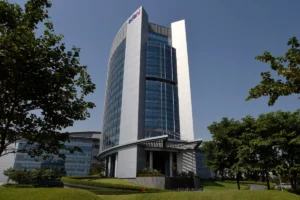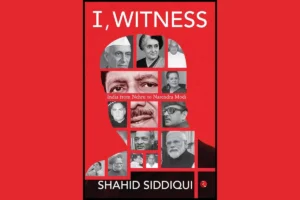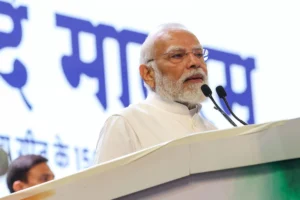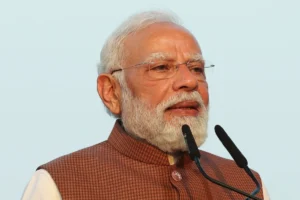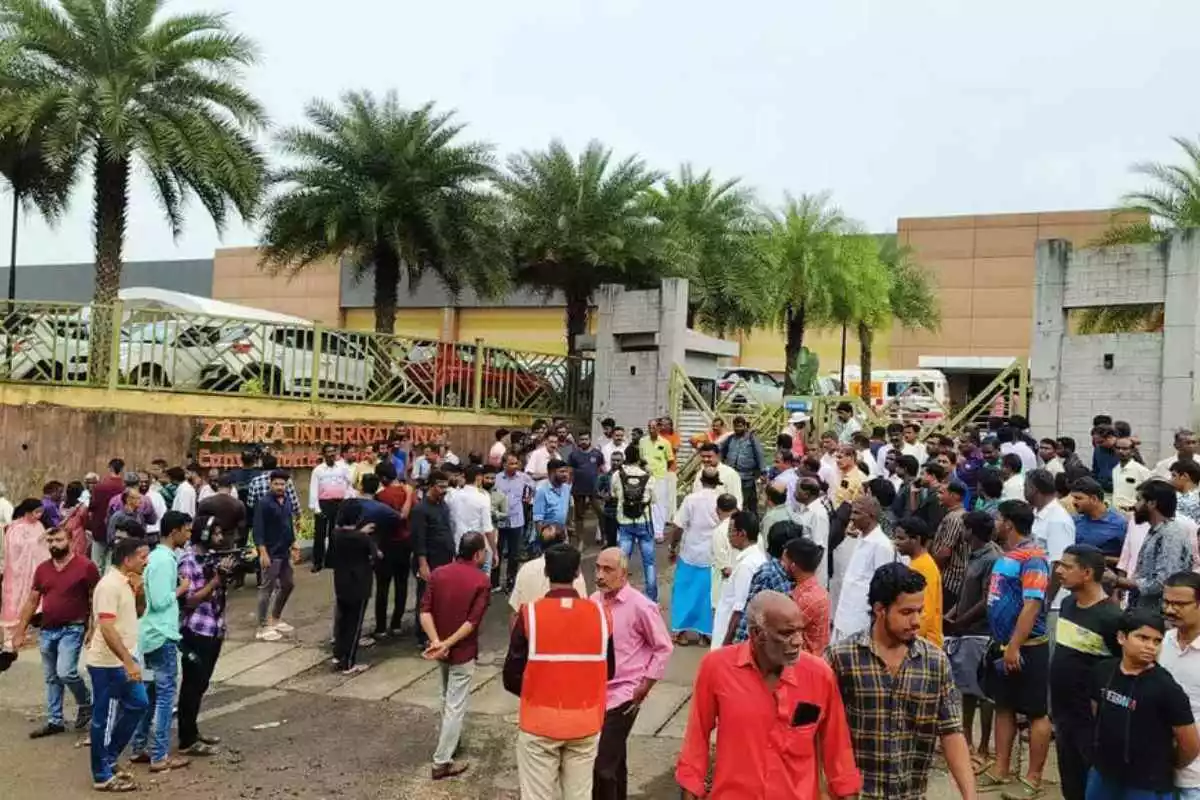
Kalamassery blast site in Ernakulam district of Kerala
According to people familiar with the situation, forensic experts’ examination of the Kalamassery blast site in Ernakulam district of Kerala has shown that Dominic Martin, the self-confessed operative, made the crude bomb with about 7-8 liters of gasoline and low-grade explosive from firecrackers.
Martin had to be 400–500 meters away from the bomb because it was detonated via a radio frequency method, in this case a cell phone, they claimed, declining to provide their identity. The National Investigation Agency (NIA) and Kerala Police investigators have been informed of the results.
It was a “Sutli” bomb
“It was a “sutli” bomb, assembled using explosives from firecrackers and petrol to make it into an incendiary device, so that the convention centre catches fire, and the idea was to cause maximum damage. A mobile phone call worked as a radio-frequency trigger system, but the range of such devices is usually low, so Martin had to be there to make the call to complete the electric charge and trigger the IED (improvised explosive device),” said a counterterrorism official.
Zamra International Convention and Exhibition Centre the site of Kerala blast
The blast occurred at the Zamra International Convention and Exhibition Centre in Kalamassery, near Kochi, on Sunday at around 9:30 a.m. It was the last day of a three-day zonal conference of the Jehovah’s Witnesses, a Christian organization with a few hundred thousand followers in Kerala. So far, three people, including a 12-year-old girl, have died from the blast.
Martin turned himself in to the authorities, confessing culpability for the bombing and denouncing the sect’s doctrine as “anti-national and seditious.”
The source stated that Martin most likely learned how to manufacture the “sutli” bomb from the internet, which has a ton of videos showing how to make such rudimentary devices.
Also Read: UP government to train second, third batches of woman roadway bus drivers
Kerala police used the Unlawful Activities Prevention Act
During celebrations and festivities, “sutli” bombs, also known as twine bombs, are common in India and are the simplest way to obtain explosives. A module that was inspired by the ISIS terror group was discovered in 2018 by the federal anti-terror agency. The gang had intended to create “sutli” bombs after watching online videos.
According to the officials, members of the now-defunct terror group Indian Mujahideen had also tried to construct “sutli” bombs by using films that could be found online.
A group of Kerala Police detectives and NIA sleuths are questioning Martin to learn more about his motivation for carrying out the bomb. Given that Kerala police used the Unlawful Activities Prevention Act in their initial information report, the NIA is probably going to take over the investigation shortly. An additional official stated that Martin’s credentials and affiliations are being checked.
To read more such news, download Bharat Express news apps









